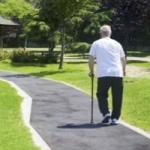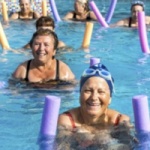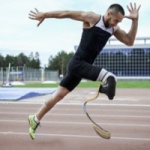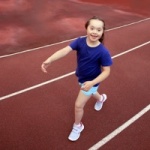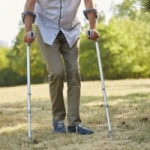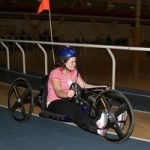Tip Sheets Provide Information about Disabilities and Conditions to Help Leaders in the Physical Activity, Recreation and Sport Sectors Be Inclusive
Research Suggests that Canadians with Disabilities are Less Likely to Meet the Canadian Physical Activity Guidelines. There are many contributing reasons why people with disabilities seldom achieve the Guidelines, including: economic disparity; lack of access to transportation to get to programs and facilities; feelings of intimidation; and fewer programs, services and qualified staff. Physical activity is an important part of daily life for individuals with disabilities, as being active contributes to physical and mental health benefits, self-empowerment and social connectedness.
The following tip sheets provide information about a number of disabilities and conditions to help physical activity, recreation and sport leaders better serve people with disabilities in their programs.
While amputation can be a complicated medical process impacting millions of people worldwide, this does not prevent many people from pursuing a healthy and active lifestyle. The role of physical activity providers in creating a welcoming and safe environment to accommodate a person with an amputation cannot be understated.
Being physically active increases blood circulation to the brain which has the potential to reduce anxiety, depression and negative mood swings. Exercise is also considered vital for maintaining mental fitness, and it can reduce stress.
With the right approach, being physically active can benefit asthma symptoms. It can increase lung capacity and reduce inflammation, thereby improving overall lung capacity.
Being physically active and exercising is beneficial for individuals of all abilities in a variety of ways including socially, physically, physiologically, and psychologically. Ensuring everyone, including those with a visual disability, can have the opportunity to effectively engage in physical activity is essential to their personal development.
Physical activity can go a long way towards enhancing the health and lifestyle of a person with cerebral palsy. These individuals have more to lose from being sedentary.
Being physically active and exercising is beneficial for individuals of all abilities in a variety of ways including socially, physically, physiologically, and psychologically. Ensuring everyone, including those who are D/deaf or hard of hearing, have opportunities to effectively engage in physical activity is essential to their personal development.
An active lifestyle can greatly assist a person with a mobility limitation to manage and in some cases, even lessen the negative impacts associated with their condition. Regardless of their physical ability or degree of health, a person with a mobility limitation can benefit a great deal from regular physical activity.
Physical activity can have a positive effect on person’s mood. With exercise, your body releases endorphins which can make you feel better. Consequently, exercise is often recommended for people with depression and other mood disorders.
Each and every individual should have the opportunity to get actively involved in community programs, fitness and health initiatives. The role of physical activity providers in creating a welcoming and safe environment to accommodate a person with MS cannot be understated.
Regardless of their physical ability or degree of health, a person with an SCI can benefit a great deal from regular physical activity. These individuals have more to lose from being sedentary.






